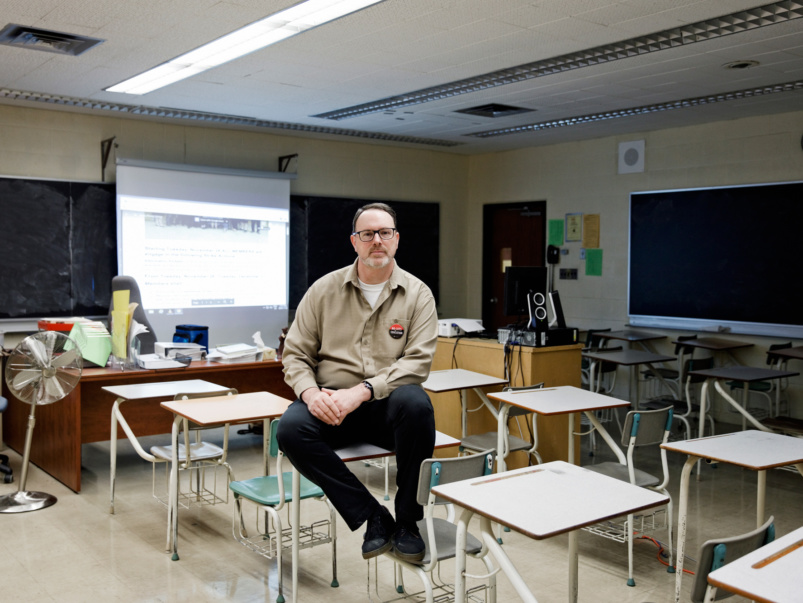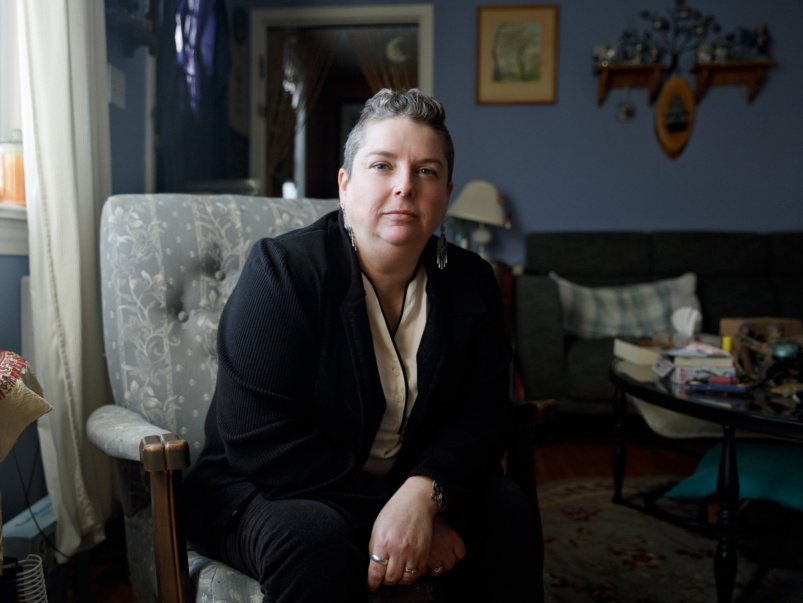The Ford Fallout: “I teach history to 36 students in a room built for 30”
Terry Maguire, of Parkdale Collegiate, on the effects of the cutbacks. Part 3 in our series

“The public doesn’t usually understand what class size really means. It’s not a hard cap; it’s an aggregate. So if you have a very small class—say, five in drama—that means you have a class of 40 somewhere else.
“This year, because of the cutbacks, I started the semester with 39 students in my Grade 10 history class. That’s the biggest class I’ve ever had in my 21 years as a teacher. That number eventually settled at 36, in a room designed for 30, so we had to find extra desks and cram everyone in. It was hard to move around, let alone teach, in a room that packed. With my attention split among a bigger population, some students saw an opportunity to chat, nap or escape into cellphone oblivion. There was a group of six boys who frequently came late, or were absent altogether, often without explanation. In a smaller class, that sort of misbehaviour stands out more. Unfortunately, I often didn’t have the time to counsel these students, or to find out what was preventing them from coming to class.
“The school recognized the problem and asked for two additional teachers for the year; the request was granted, but for the semester only. We have to apply again in February.
“There have already been significant job losses for teachers, a reduction in course options and diminished classroom experience. I’m afraid that if this becomes the new normal, teacher burnout will increase and compound an already compromised learning experience. Parents will blame the teachers for worsening outcomes after the memory of what actually brought about the situation—the Ford cuts—begins to fade.”














